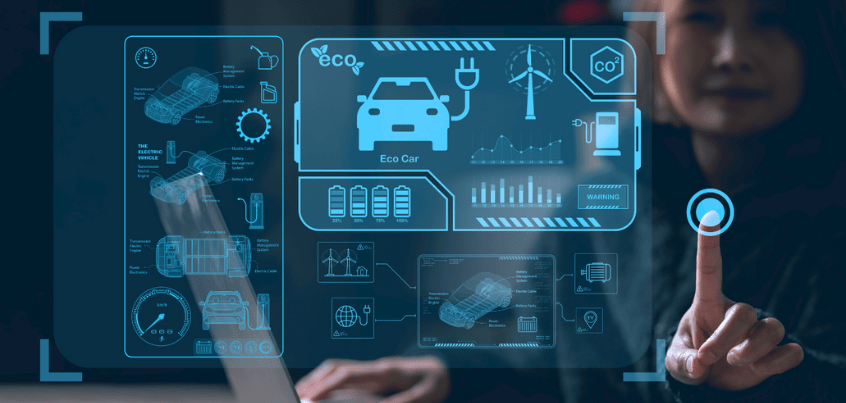The Excellon Blog
Explore resources- Case studies
How to Improve After-Sales Service & Customer Satisfaction with Dealer Management System (DMS)
After sales service management encompasses the range of support and assistance provided to customers once a purchase is complete.
Read MoreHow a Modern DMS Can Boost Sales & Customer Satisfaction in the Middle East
In this blog post, we’ll dive into the good, the bad, and the downright ugly of a dealer management system. Whether you’re a dealership veteran or a newbie, buckle up—it’s...
Read MoreAutomotive Inventory Management: The Complete Guide
Auto inventory management refers to the process of overseeing, tracking, and controlling the stock of vehicles, parts, and accessories within the automotive industry.
Read MoreActionable Intelligence for Smarter Dealership Decisions
Get comprehensive, industry-specific analytics and dashboards across all modules, allowing the head office team to have a bird’s eye view of what’s happening across all dealerships.
Read More


